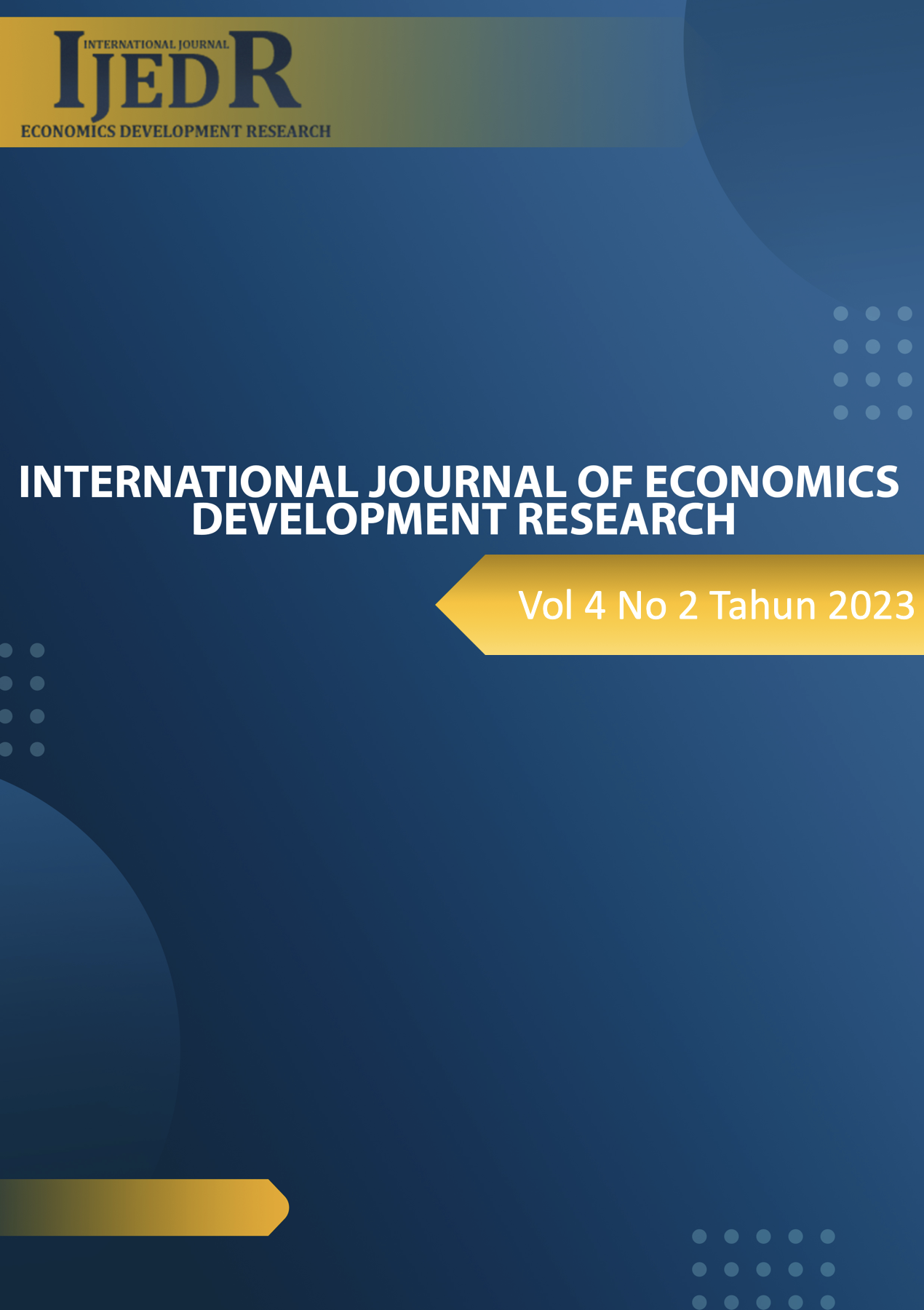Operational Risk Mitigation Based on Risk Management ISO 31000:2018 – Balanced Scorecard to Increase the Income and Reputation: Case Study at IEC
DOI:
https://doi.org/10.37385/ijedr.v4i2.2578Keywords:
Balanced Scorecard, ISO 31000:2018, Operational risk, Risk management scoreAbstract
The purpose of this study was to evaluate and mitigate operational risks in the International English Center (IEC) to enhance its income and reputation. The research employed an integrated framework that combines ISO 31000:2018 and the Balanced Scorecard. Data collection involved questionnaires and in-depth interviews with the director of the enterprise. Operational risks were assessed across seven dimensions, including internal and external fraud, employment practices and workplace safety, clients, product, and business practices, physical property damage, business disruption and system failures, and task execution and completion, as well as management processes. The research findings led to the development of a risk management plan based on the integration of ISO 31000:2018 ERM Process and the Balanced Scorecard. Based on the evaluation results, priority attention should be given to the dimensions of task execution and completion, as well as management processes, along with physical property damage. By implementing a combination of these frameworks, the enterprise can not only enhance its income and reputation but also achieve its overall objectives.
References
Ahmed, I., & Manab, N. A. (2016). In?uence of Enterprise Risk Management Success Factors on Firm Financial and Non-financial Performance: A Proposed Model. International Journal of Economics and Financial Issues, 6(3), 830-836.
Almilia, L., & Prayoga, E. (2013). Pengaruh Kepemilikan dan Ukuran perusahaan Terhadap Pengungkapan Manajemen Risiko. Akuntansi dan Keuangan, 14, 1-19.
Andarini, P., & Indira, J. (2010). Hubungan Karakteristik Dewan Komisaris dan Perusahaan Terhadap Pengungkapan Risk Management Committe (RMC) pada Perusahaan Go Public Indonesia. Proceeding Simposium Nasional Akuntansi XIII.
Beasley, M. A., Nunez, K., & Wright, L. (2006). Working hand in hand: Balanced scorecards and enterprise risk management. Strategic Finance, 87(9), 49-55.
Calandro Jr, J., & Lane, S. (2006). Insights from the Balanced Scorecard An introduction to the Enterprise Risk Scorecard. 10(3).
Cummins, J., Lewis, C. M., & Wei, R. (2006). The Market Value Impact of Operational Loss Events for US Banks and Insurers. Journal of Banking & Finance, 30(10), 2605-2634.
DiMaggio, P., & Powell, W. (1983). The iron cage revisited institutional isomorphism and collective rationality in organizational fields. American Sociological Review, 48(2), 147-160.
Eckert, C., & Gatzert, N. (2015). Modeling Operational Risk Incorporating Reputation Risk: An Integrated Analysis for Financial Firms. Institute of Actuaries of Australia.
Effeney, G. (2019). Risk in work-integrated learning: a stakeholder centric model for higher education. Journal of Higher Education Policy and Management, 1-16. Retrieved from https://doi.org/10.1080/1360080X.2019.1701852
Fombrun, C., & Shanley, M. (1990). What Is in a Name? Reputation Building and Corporate Strategy. Academy Of Management, 33(2), 233-258.
Gatzert, N., & Schmit, J. (2016). Supporting strategic success through enterprise-wide reputation risk management. The Journal of Risk Finance, 17(1), 26-45.
Gladies, M., & Pangeran, P. (2020). The Integration of Balanced Scorecard and ISO 31.000 based Enterprise Risk Management Process to Mitigate Supply Chain Risk: Case Study at PT Anugerah Bintang Meditama. International Journal of Pemahaman Multicultural and Multireligious Understanding, 7(10), 616-628
Hoyt, R., & Liebenberg, A. (2015). Evidence of the Value of Enterprise Risk Management. Journal of Applied Corporate Finance, 27(1), 41-47.
Mangla, S., Kumar, P., & Barua, M. (2016). An Integrated Methodology of FTA and Fuzzy AHP for Risk Assessment in Green Supply Chain. International Journal of Operational Research, 25(1), 77-99.
Njogo, B. O. (2012). Risk Management in The Nigerian Banking Industry. Kuwait Chapter of Arabian Journal of Business and Management Review, 1(10), 100-109.
Nocco, B., & Stulz, R. (2006). Enterprise Risk Management: Theory and Practice. Journal of Applied Corporate Finance, 18(4), 8-20.
Olson, D., & Wu, D. (2017). Enterprise Risk Management in Supply Chains. In: Enterprise Risk Management Models. Springer Text in Business and Economics. doi:https://doi.org/10.1007/978-3-662-53785-5_1





